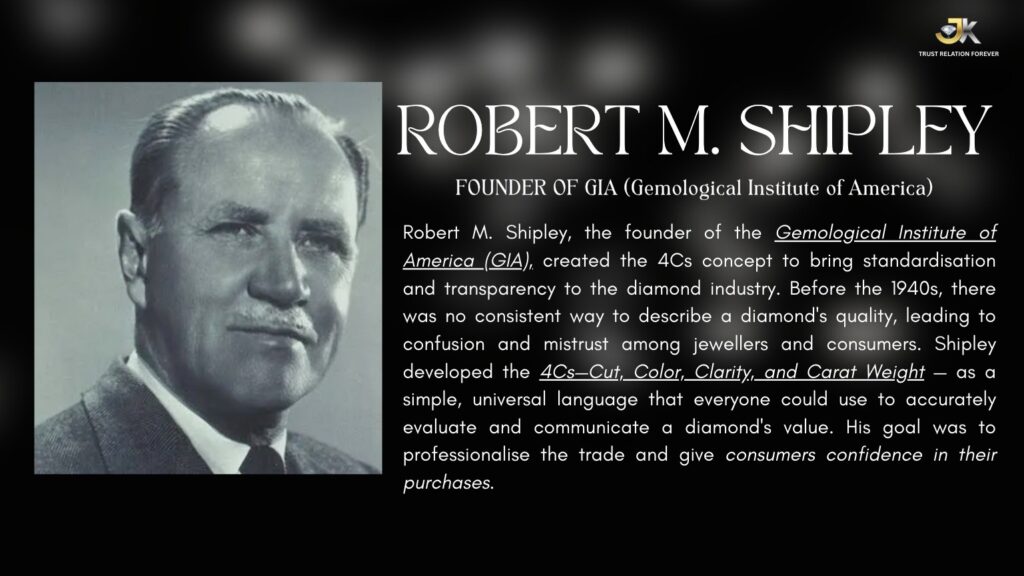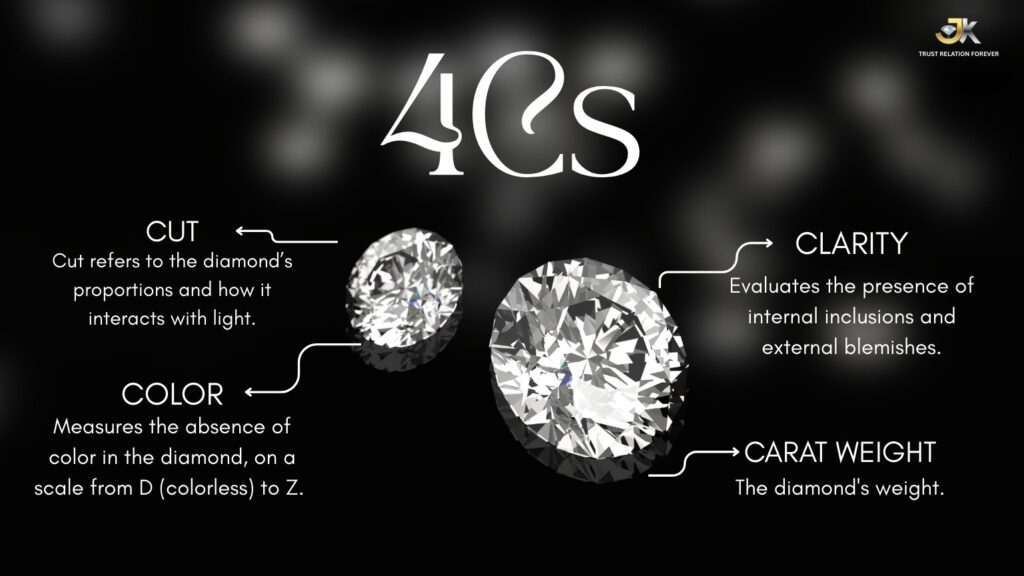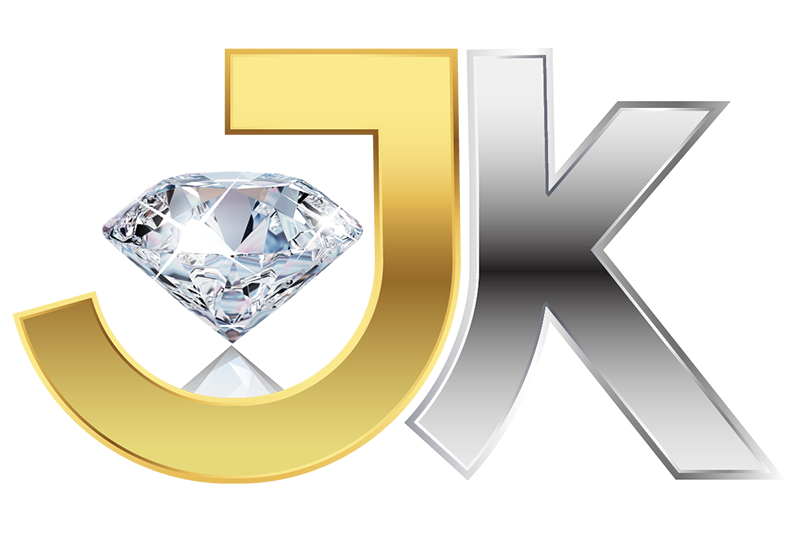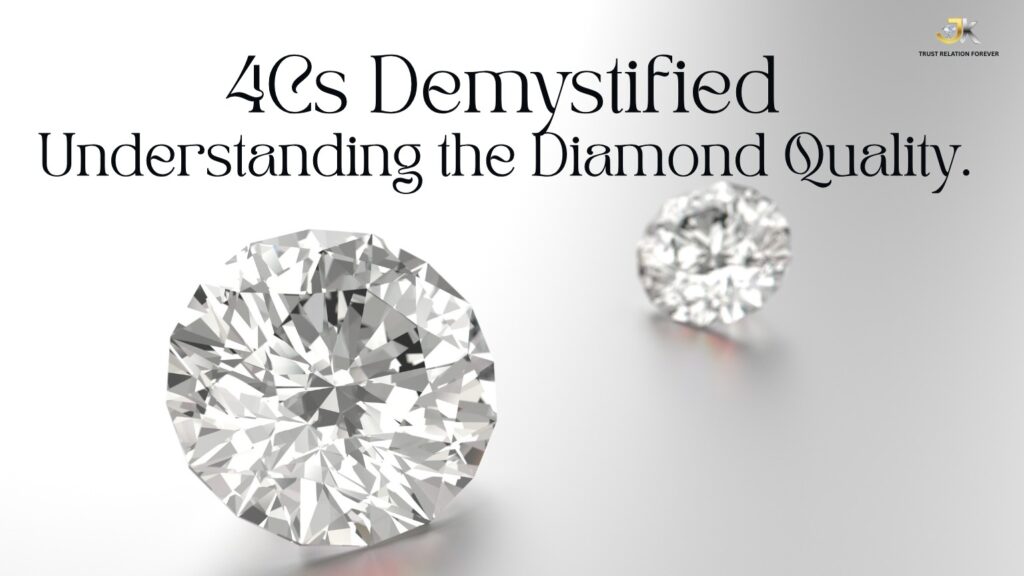Choosing a diamond can feel like deciphering a secret code, but understanding the “4Cs” – Cut, Color, Clarity, and Carat – will empower you to make an informed decision. These four key characteristics are universally used to grade and value natural diamonds, ensuring transparency and consistency in the industry. Let’s break down each element to help you appreciate the unique beauty of every stone.
Cut: The Sparkle Maker
Often considered the most crucial of the 4Cs, a diamond’s Cut refers to how well its facets interact with light. It’s not about the shape (like round or princess) but the precision of its proportions, symmetry, and polish. An excellent cut maximizes a diamond’s brilliance (white light), fire (dispersion of light into colors), and scintillation (flashes of sparkle). Even the most perfect raw diamonds won’t achieve their full potential without a skilled cutter. For smaller stones, like melee diamonds, the consistency of their cut is vital for creating a cohesive and dazzling pave or halo setting.

Color: The Spectrum of Beauty
While many envision diamonds as perfectly colorless, most natural diamonds possess subtle hints of yellow or brown. The Color grade assesses the absence of color, ranging from D (colorless) to Z (light yellow or brown). A colorless diamond allows lighter ,kto pass through, enhancing its brilliance. However, warmer tones can also be incredibly beautiful and are often preferred by those seeking a unique aesthetic. The difference in color can be subtle to the untrained eye, but it significantly impacts the diamond’s overall value.
Clarity: Nature’s Fingerprint
Clarity refers to the presence or absence of inclusions (internal characteristics) and blemishes (external characteristics) within a diamond. These are essentially nature’s fingerprints, formed during the diamond’s creation deep within the Earth. Grades range from Flawless (FL) to Included (I). While some inclusions are visible to the naked eye, most require magnification to detect. Understanding clarity helps you weigh the balance between perfection and budget, as truly flawless diamonds are exceptionally rare.

Carat: The Measure of Weight
Carat (ct) is the standard unit of weight for natural diamonds. One carat is equivalent to 200 milligrams. It’s important to remember that carat weight doesn’t directly translate to size. Two diamonds of the same carat weight can appear differently sized depending on their cut and shape. For instance, a well-cut round diamond might appear larger than a poorly cut one of the same carat weight. When considering sets or larger pieces, jewelers often use sieve sizes to sort melee diamonds and ensure consistent visual appearance across many small stones, even if their exact carat weight varies slightly.
By understanding the interplay of Cut, Color, Clarity, and Carat, you’re better equipped to appreciate the artistry and science behind every dazzling natural diamond. Whether you’re seeking a statement solitaire or delicate accents, the 4Cs provide a valuable framework for finding the perfect stone that reflects your unique style and values.
Stay updated on the latest JK Sons postings by following us on Instagram.
https://www.instagram.com/j_ksons/
https://x.com/jksonsdiamond?t=a4_K1Uej1BwNCXt63jmEMw&s=08
https://www.youtube.com/@JKSons-q4x
https://www.facebook.com/share/19fYjZtEZf/
https://www.linkedin.com/in/jk-sons-a8005832b?utm_source=share&utm_campaign=share_via&utm_content=profile&utm_medium=android_app


